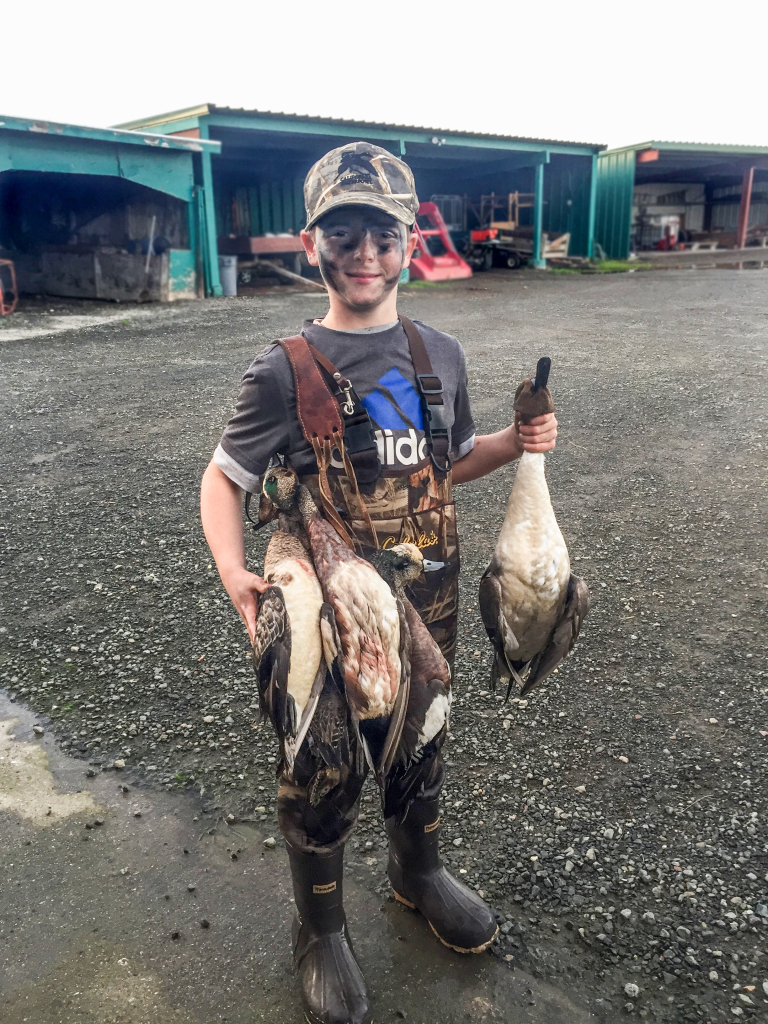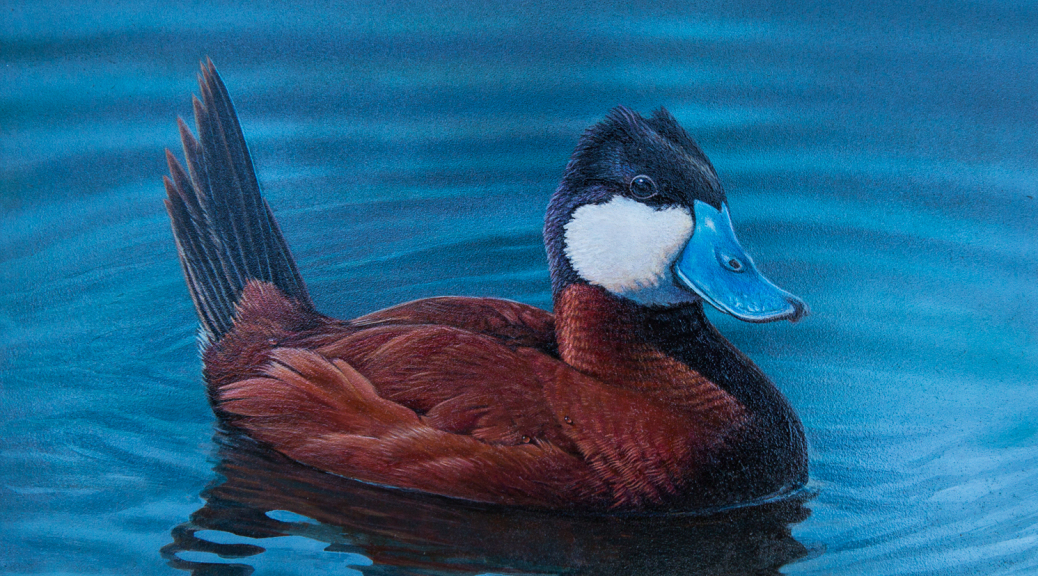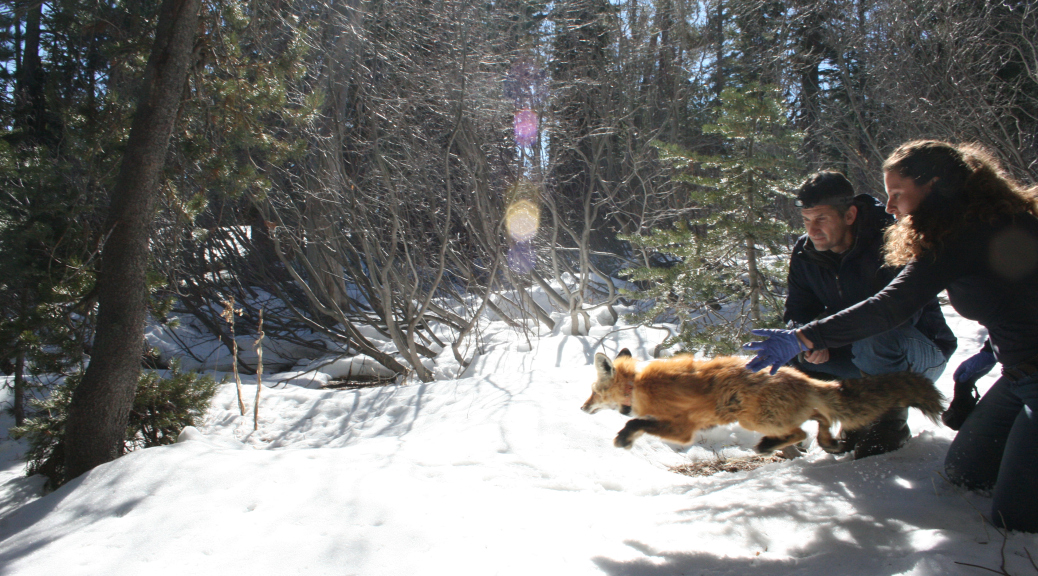Bag Limit vs. Possession Limit?

by Carrie Wilson
3-8-2018
Website
Question: Can you please clarify the difference between a bag limit and a possession limit? Is the possession limit always double the bag limit? (Anonymous)
Answer: California Fish and Game Code, section 18 describes “bag limit” as the maximum limit, in number or amount, of birds, mammals, fish, reptiles or amphibians that may lawfully be taken by any one person during a specified period of time.
FGC, section 19 defines “possession limit” as the maximum, in number or amount, of birds, mammals, fish, reptiles or amphibians that may be lawfully possessed by one person.
To answer your second question, no, the possession limit is not always double the bag limit. The possession limit and bag limit are frequently different so you must pay attention to what the regulations are for the fish, game or other species you are attempting to take to ensure you don’t take more than what is authorized by either the bag limit or possession limit.
As an example, during the waterfowl season (which just ended), the daily bag limit is seven ducks. The possession limit for ducks is triple the daily bag limit so a hunter can legally possess 21 ducks.
Can I Bowfish When it’s not Archery Season?
Question: My understanding is that archery equipment is not allowed for use on Type A wildlife areas for the take of upland or waterfowl hunting during the regular seasons. However, if I use a bow with fishing attachments such as a line attached to the arrow and reel, am I allowed to use this equipment to “fish” during the off seasons when fishing is allowed on the areas? (Ray)
Answer: For purposes of the wildlife areas managed by the California Department of Fish and Wildlife, fishing is defined in California Code of Regulations Title 14, section 550(b)(11) to include “using bow and arrow fishing tackle as defined in section 1.23.” Section 1.23, titled Bow and Arrow Fishing Tackle, states “such tackle must have the arrow shaft or the point, or both, attached by a line to the bow or to a fishing reel (includes crossbow).” Section 550(h) states that “Fishing on Department land shall be allowed except as otherwise stated in subsections 551(o) [relates to possession of a concealed firearm], 551(y) [relates to property-specific fishing regulations], and 630(e) [relates to fishing restrictions and additional regulations on ecological reserves] of these regulations, or when the area is closed according to these regulations or posted by the Department with signs that prohibit entry or fishing.”
Inland Spear Fishing?
Question: I know most of the regulations for spear fishing in salt water. But I am from Sacramento, and the ocean is a bit of a drive. I am wondering if I can spear fish in the Sacramento and San Joaquin rivers. If I can, then what time of the year and for what species of fish? I’d also like to know what other bodies of fresh water are open for spear fishing in northern California. (Mike)
Answer: Mike, thank you for your question regarding spearfishing in fresh water. Spearfishing is slowly becoming more popular in inland waters. California Code of Regulations Title 14, section 2.30 authorizes spearfishing in several locations, but the regulations are crafted to avoid authorization of spearfishing in any salmon spawning area. Looking at a map of the different fishing districts in California on page 2 of the California Freshwater Sport Fishing Regulations book may help.
Spearfishing is allowed only in:
(a) The Colorado River District for carp, tilapia, goldfish and mullet, all year.
(b) The Valley District and Black Butte Lake (Tehama County) for carp, tilapia, goldfish, striped bass, western sucker, Sacramento blackfish, hardhead, Sacramento pikeminnow and lamprey, from May 1 through Sept. 15, except that no spearfishing is allowed in:
(1) Shasta County (see section 2.12).
(2) Tehama County except Black Butte Lake.
(3) Butte Creek (Butte County).
(4) Feather River below Oroville Dam (Butte County).
(5) Designated salmon spawning areas (See FGC, section 1505).
(c) The Kern River from the Kern-Tulare county line upstream to the Johnsondale Bridge for carp, goldfish, western sucker, hardhead and Sacramento pikeminnow, from May 1 through Sept. 15.
(d) See bullfrogs (section 5.05).
Spearfishing for bullfrogs is another expanding fishing activity, especially in areas where managers are attempting to reduce their populations.
Carrie Wilson is a marine environmental scientist with the California Department of Fish and Wildlife. While she cannot personally answer everyone’s questions, she will select a few to answer each week in this column. Please contact her at CalOutdoors@wildlife.ca.gov.
More Reports

3-7-2018
The California Department of Fish and Wildlife (CDFW) is seeking talented waterfowl artists to submit their original artwork to the...... Read More
California Department of Fish & Wildlife Reports
for Monday, March 5th, 2018
Sacramento River: California’s Drought, Poor Ocean Conditions Impact Salmon Forecast for 2018
• Elusive Sierra Nevada Red Fox Captured in Tehama County
